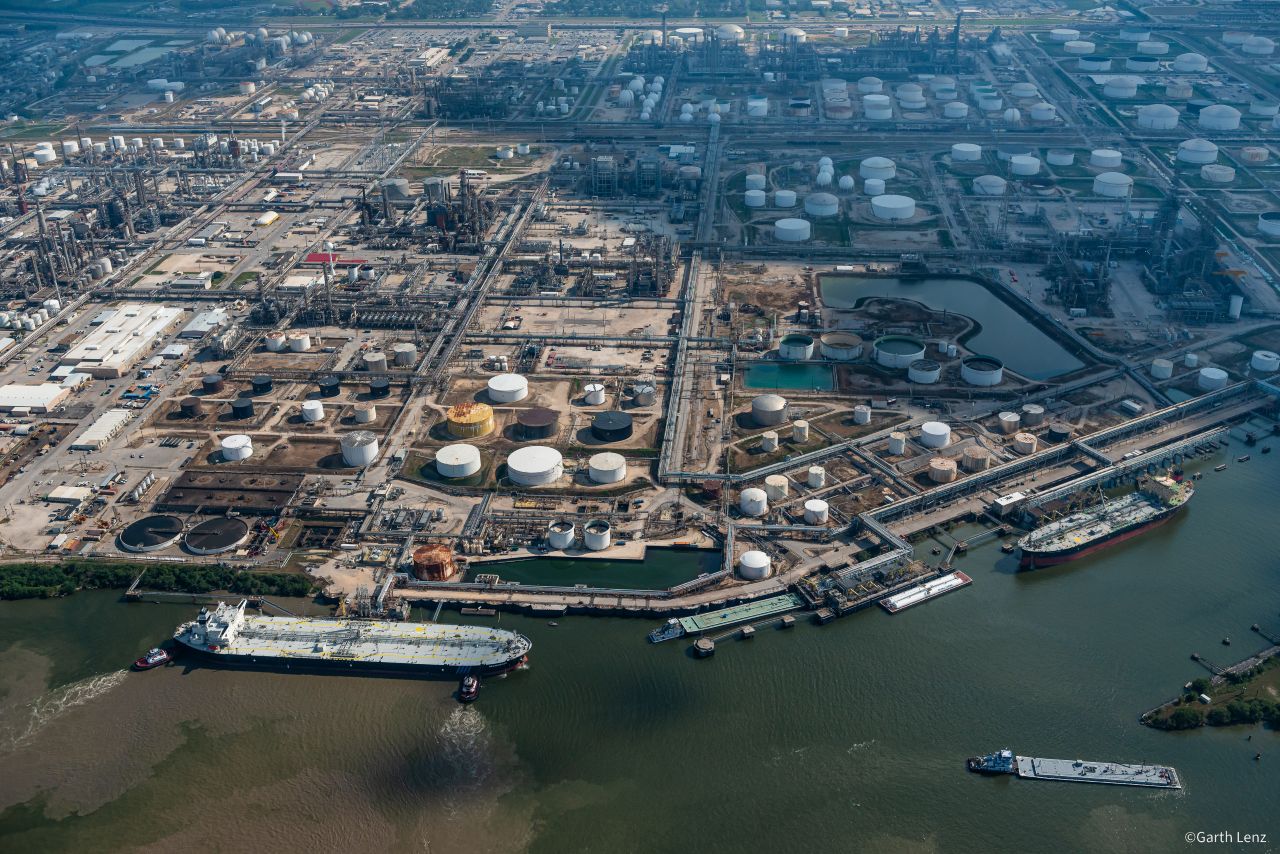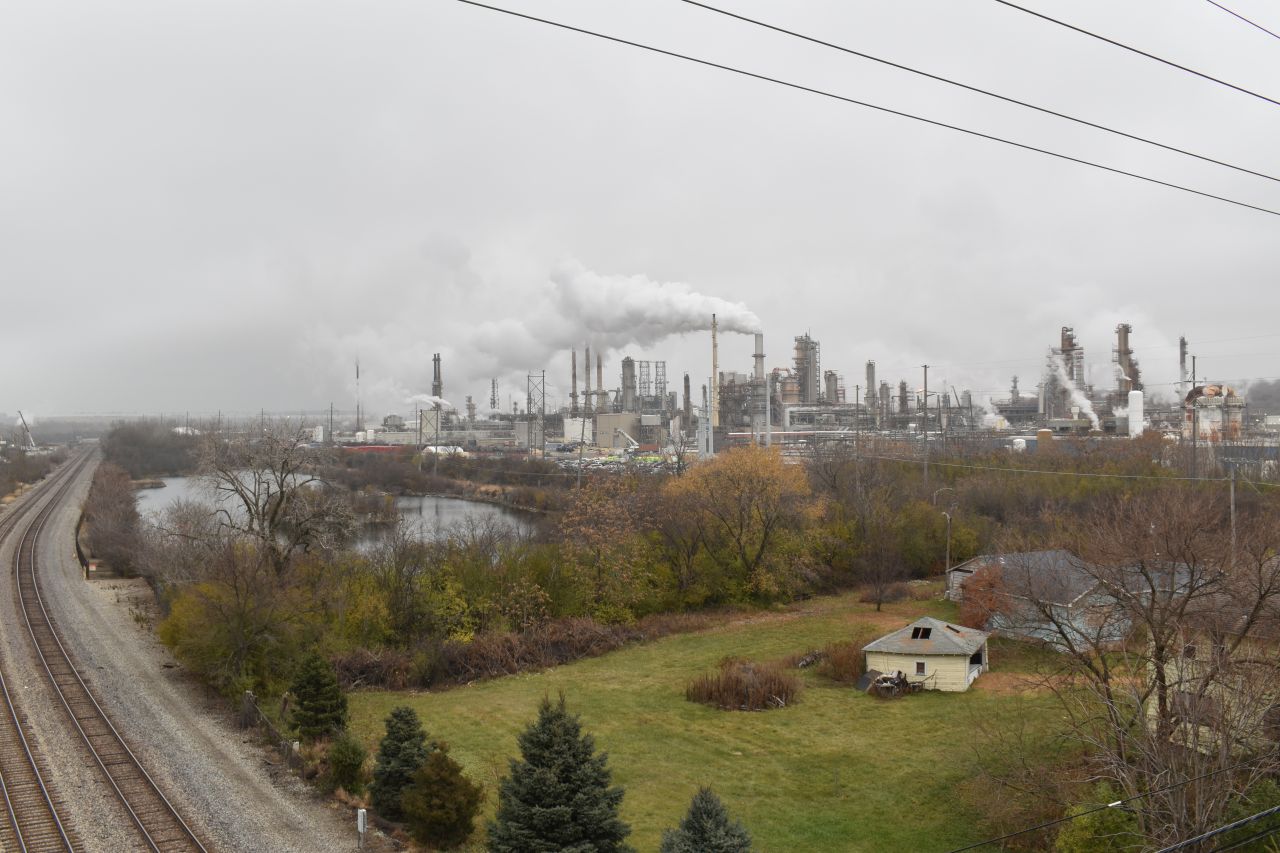A debate over $100 billion in taxpayer subsidies could set the fate of the U.S. hydrogen industry

A debate over tax subsidies for hydrogen power is splitting energy companies, clean power advocates, and Congressional Democrats, with many lobbying to loosen the rules, including some companies advocating to allow more fossil fuel-based hydrogen to qualify for “clean energy” tax breaks.
When hydrogen is burned, it releases only water vapor and no greenhouse gases, making it a potentially climate-friendly fuel for uses like steel production and cement manufacturing depending on how the hydrogen is made. But hydrogen is expensive to produce, which is why the Biden Administration and Congress provided up to $100 billion in taxpayer subsidies for hydrogen production in the 2022 Inflation Reduction Act.
Most hydrogen fuel is produced today using natural gas, which has a large greenhouse gas footprint. But hydrogen can also be produced cleanly using solar or wind power and water. Under draft rules the Internal Revenue Service (IRS) released in December, the cleaner a hydrogen source is, the more tax breaks a producer can receive.
Those proposed rules have ignited a debate over how strict those rules should be. On one side are those who think the hydrogen industry, still in its early stages, needs flexibility to grow quickly and bring down the cost of hydrogen enough to substitute it for fossil fuels. On the other side are those who say the industry needs strict guardrails to ensure a transition to hydrogen actually reduces greenhouse gas emissions instead of incentivizing fossil fuel-based hydrogen. Meanwhile, some energy companies want to see subsidies go to hydrogen produced from natural gas.
The details can get complicated, but billions of dollars and dozens of massive construction projects are at stake. As of September 2024, there were 65 proposed new hydrogen manufacturing plants and 12 expansions in the planning stages across the U.S., and two already under construction in Baytown, Texas and in Genessee County, in upstate New York, according to public records on file in the Oil & Gas Watch database. If built, the proposed projects could emit more than 1.3 million tons of carbon dioxide per year, about as much as 295,000 passenger vehicles driving for a year.
Some companies, such as Air Products and Hy Stor Energy, have embraced the Biden administration’s rules on clean hydrogen, which reward green energy sources. These companies have said that they are planning to qualify for the highest incentives by making the fuel with the least greenhouse gases.
The final tax rules “must ensure tax benefits are not awarded to hydrogen projects that do not demonstratively contribute to greenhouse gas reductions,” Hy Stor’s chief commercial officer Claire Behar said at a March 25 IRS hearing. “If the ... credit ends up rewarding hydrogen production that is actually increasing emissions, it will be subject to attack, and justifiably so.”
But in March, the CEOs of ExxonMobil and Saudi Aramco said that the cost of clean hydrogen remains too high to displace oil and gas. Companies like ExxonMobil have pointed to a study released in April by the National Petroleum Council, an advisory group to the U.S. Energy Secretary made up mostly of energy company representatives. It concluded that under current policies demand for hydrogen could nearly double by 2050.
However, current policies “are not sufficient to catalyze the nearly 7x demand growth required by 2050” for hydrogen demand to reach the point where it would help the U.S. meet its net-zero carbon goal, according to the National Petroleum Council report.
In a July post on ExxonMobil’s website, the company’s senior advisor Mike Kerby, one of the study’s authors, called for extending the hydrogen tax credit from 10 to 20 years and expanding the subsidies to “incentivize the use of low-carbon-intensity natural gas” to produce hydrogen.
ExxonMobil is planning a project to produce hydrogen and ammonia from natural gas at its Baytown, Texas, complex. The company claims that it will capture the carbon dioxide produced during the process, but such carbon capture technology has not been proven to be effective or economical on a large scale.
The IRS is now preparing to release final rules on tax breaks for hydrogen production under part of the tax code referred to as “45V,” for the relevant section in the tax code. Under the rules the IRS released in December, hydrogen producers can qualify for tax credits ranging from $0.60 per kilogram of hydrogen to $3 per kilogram, depending on the intensity of greenhouse gas emissions associated with the production of that hydrogen.
Qualifying for the highest tier of subsidies means abiding by a strict set of IRS rules outlining exactly where the green power used to produce hydrogen comes from. But even some clean energy supporters have argued that the rules are too restrictive for early-stage hydrogen producers. For example, in a July 10 letter to Treasury Secretary Janet Yellen, 13 Democratic senators led by Pennsylvania Sen. Bob Casey argued for more flexibility in meeting the requirements for new clean power in the same regions as hydrogen production facilities.
“Without significant changes to the draft guidance … one of the most powerful job creation and emission reduction tools in the IRA will likely be hamstrung,” the senators’ letter states.
But in a Sept. 12 letter signed by 66 Senate and House members led by Rhode Island Sen. Sheldon Whitehouse, also a Democrat, other lawmakers urged the IRS to hold strong to its clean-energy guidelines for tax breaks, which “remain critical to ensuring that 45V does not increase net carbon pollution.”
“Taxpayer dollars must not blindly support all kinds of electrolytic hydrogen or we risk eroding climate progress and further subsidizing the fossil fuel industry at the expense of environmental justice and American consumers,” the letter states. “45V should also not blindly support the production of hydrogen from fossil fuels.”
Some major companies have said they are planning projects that will meet the requirements, including Air Products, a Pennsylvania-based industrial gases company that calls itself the “world’s leading supplier of hydrogen.”
During the March IRS hearing on the tax proposal, Air Products Vice President Eric Guter said some companies are “asking you to lower the bar and subsidize, at taxpayers’ expense, investments in hydrogen that will increase emissions.”
“Some of these companies are the largest, most technically capable organizations in the world but claim they can’t do what Air Products is already doing,” said Guter, whose company is planning a $4 billion green hydrogen facility in Texas that will not use natural gas. Air Products is also planning separate projects that would produce hydrogen from natural gas.
The debate over the tax credits affects seven proposed regional hydrogen hubs sponsored by the Department of Energy that are meant to serve as a backbone of a new hydrogen energy system in the U.S. Each hub is meant to represent a network of facilities that produce hydrogen, pipelines and storage systems to get that hydrogen to end users, and facilities that use hydrogen for heavy industry, such as generating power or producing fertilizer.
Some fossil fuel companies appear to be balking after initial enthusiasm in these hydrogen hubs. In December, energy company CNX pulled out of an ammonia project in West Virginia billed as an anchor for the Appalachian Regional Clean Hydrogen Hub, in part citing uncertainty over the 45V rules. Xcel Energy, the largest private company behind the Heartland Hydrogen Hub, has said it might have to reduce or cancel plans and asked for more flexibility from the IRS.
In a February letter to the Treasury Department, leaders of all seven proposed hydrogen hubs said the “proposed guidance (including the rules incentivizing clean energy-based hydrogen) poses a risk to the ability of the U.S. to be a global leader in the hydrogen economy.”
Lead photo: An engineer stands in front of a hydrogen facility. Photo by iStockphoto.















